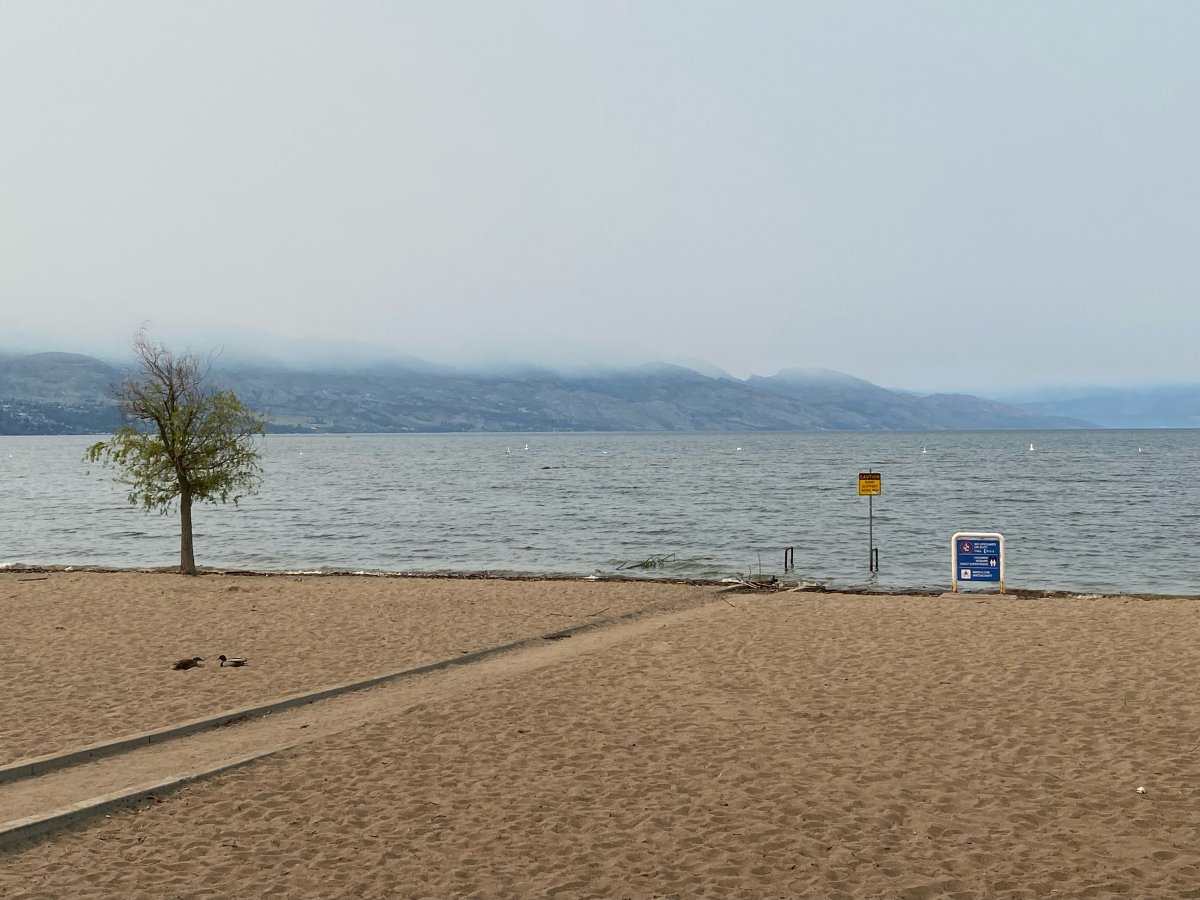Temperatures are poised to cool around B.C. by the weekend but it’s still hot enough in some areas to see new records set.

Environment Canada reported that there were eight temperature records set on Wednesday and one temperature record tie. Unlike the preceding three days, these records weren’t near previous highs, with some inching toward 40 C.
The hottest spot, one of only two spots where heat surpassed 30 C on Wednesday, was Cache Creek. It set a record of 31.4 C on Wednesday, breaking a record of 31 C set in 1985. Close to that was Port Alberni, which set a new record of 30.5 C breaking the record of 29.4 C set in 1956.
Several of the records broken were from 1985. Bella Coola broke its ’85 record of 27.3 C when temperatures reached 29.2 C Wednesday; Burns Lake broke the record of 28.3 C set that year when heat reached 28.7 C and Smithers also broke its daily temperature record of 27.4 C when thermometers reached 29.5 C.

The oldest temperature record broken Wednesday was in Terrace, where the mercury reached 29.3 C, breaking a 98-year-old record of 27.8 C set in 1925.

Get breaking National news
Dease Lake set a new record of 27.8 C, handily surpassing a 2018 record of 23.2 C; Nakusp set a record of 29.4 C, breaking the record of 28.4 C set in 2006.
Fort Nelson saw its 1961 record of 26.1 C tied on Wednesday.
All this heat is sticking amid ongoing smoky skies. A special air quality statement is in effect for Fraser Canyon-north, including Lillooet, South Thompson, Nicola, North Okanagan, Central Okanagan, Shuswap and North Thompson.
Wildfire smoke is causing or is expected to cause poor air quality and reduced visibility in many regions throughout the B.C. Interior over the next 24 to 48 hours.
According to IQ Air, a website that offers air pollution ratings, Kelowna was one example of degraded air quality. On Thursday it had an Air Quality index of 179, which is extremely unhealthy at 21.8 times the WHO annual air quality guideline value.
“Smoke is widespread through northeastern B.C., central B.C. and extending into southern regions,” Environment Canada said.
“Haze and smoke conditions will be variable within these regions. For Okanagan zones, smoke impacts may be higher at higher elevations; local showers may also alleviate smoke conditions.”





Comments